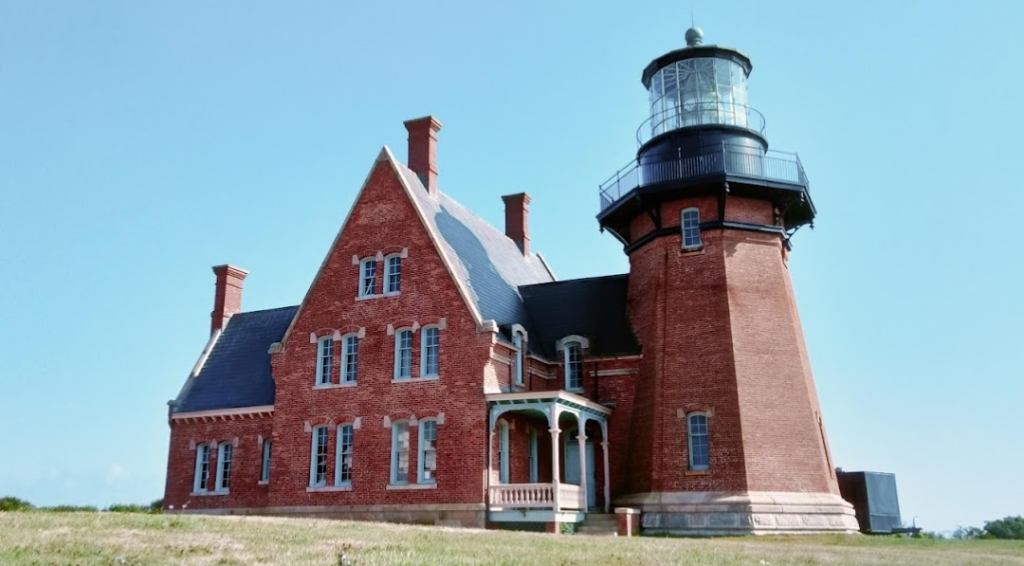Lighthouses stand tall as symbols of guidance, hope, and safety. From ancient times to modern-day automation, these beacons have served as critical navigational aids for mariners, helping ships find their way through treacherous waters. Lighthouses evoke mystery, beauty, and a sense of timelessness. This article explores the rich history, design, and enduring significance of lighthouses in the maritime world.
The Origins of Lighthouses
The concept of lighthouses dates back thousands of years. Ancient civilizations recognized the need to signal sailors and warn them of dangerous coastlines. The earliest known lighthouse was the Pharos of Alexandria, built around 280 BCE on the small island of Pharos in Alexandria, Egypt. This structure, considered one of the Seven Wonders of the Ancient World, stood approximately 100 meters tall, guiding ships into Alexandria’s harbor with a fire atop its tower. Its success spurred similar structures along trade routes across the Mediterranean.
With advancements in navigation and sea trade, lighthouses became more widespread. By the Middle Ages, many coastal cities in Europe constructed lighthouses to protect their booming economies and keep their waters safe for incoming and outgoing ships. These early lighthouses used simple wood fires or candles, which, while rudimentary, provided essential guidance in low-visibility conditions.
The Evolution of Lighthouse Technology
The advent of new lighting technology in the 18th and 19th centuries transformed lighthouses into powerful navigational tools. The development of Fresnel lenses in the 1820s revolutionized lighthouse illumination. Invented by French physicist Augustin-Jean Fresnel, this lens system allowed a single lamp to cast light over vast distances, greatly improving the range and effectiveness of lighthouses. Fresnel lenses were designed to be lightweight, cost-effective, and capable of focusing light into a narrow, intense beam, making them an ideal choice for lighthouses worldwide.
As the 19th century progressed, lighthouses evolved further with the introduction of oil lamps and, eventually, electric lights. The electric bulb became the standard source of light in lighthouses, offering a steady, reliable glow that was visible from miles away. Later, advances in automation and electronics allowed many lighthouses to operate without a human keeper, relying instead on sensors and remote monitoring systems.
Iconic Lighthouses Around the World
Lighthouses are not only functional structures but also historical landmarks. Some have become renowned for their architecture, location, or cultural significance. Here are a few of the world’s most famous lighthouses:
- Cape Hatteras Lighthouse (USA): Located on the Outer Banks of North Carolina, Cape Hatteras Lighthouse is the tallest brick lighthouse in the United States. Built in 1870, it warns ships of the “Graveyard of the Atlantic,” an area notorious for shipwrecks.
- Peggys Point Lighthouse (Canada): Nestled on the rocky shores of Nova Scotia, this picturesque lighthouse is a popular tourist attraction and has become a symbol of the Canadian coast.
- Les Eclaireurs Lighthouse (Argentina): Known as the “Lighthouse at the End of the World,” it stands in the Beagle Channel near Tierra del Fuego, guiding ships safely through this remote, stormy region.
- Portland Head Light (USA): Located in Maine, Portland Head Light is one of the oldest lighthouses in the United States. Built in 1791 and designed by George Washington, it remains an enduring symbol of the American coastline.
Each of these lighthouses carries its own story and contributes to the maritime culture of its region. Many lighthouses have even become tourist destinations, attracting visitors who come to experience the scenic beauty, isolation, and historical significance of these coastal landmarks.
The Role of Lighthouse Keepers
Before automation, lighthouses relied on human keepers to operate and maintain them. Lighthouse keepers, often seen as romanticized figures in literature and folklore, led challenging and isolated lives. They were responsible for ensuring that the light operated without interruption, even in harsh weather conditions. This meant regularly climbing tall towers to clean lenses, adjust wicks, and refuel lamps. In remote locations, lighthouse keepers often lived on site with their families, developing self-sufficient lifestyles and enduring long periods without outside contact.
While most lighthouses are now automated, the role of the lighthouse keeper remains a part of maritime history. Some lighthouses continue to have keepers, either for tradition or as part of historic preservation efforts, and their work today serves as a link to this fascinating past.
Modern Automation and the Future of Lighthouses
With the rise of GPS and satellite navigation systems, the practical need for traditional lighthouses has diminished. Ships and boats now rely on digital systems for guidance, which are far more precise and adaptable to changing conditions. Consequently, many lighthouses have been decommissioned, and others have transitioned to automated systems, removing the need for human keepers.
Yet, despite advances in technology, lighthouses still play a vital role in modern navigation. They act as secondary aids, serving as visual reference points for vessels in areas where GPS might be unreliable, such as during solar storms or equipment malfunctions. The light emitted from lighthouses is a reassurance to sailors, particularly in nearshore waters where obstacles may pose sudden threats.
The Cultural Significance of Lighthouses

Beyond their functional roles, lighthouses carry deep cultural and symbolic meanings. They are seen as beacons of hope, solitude, and resilience. This symbolism has made lighthouses popular subjects in art, literature, and films, where they often represent guidance through difficult times. Some people are captivated by the isolation and mystery that surround these structures, while others are drawn to their aesthetic beauty against scenic coastlines.
In recent years, many communities have made efforts to preserve their lighthouses, recognizing them as valuable heritage sites. These preservation projects ensure that the history, stories, and architecture of these lighthouses are protected for future generations. In some cases, decommissioned lighthouses have been converted into museums, visitor centers, or even accommodations, allowing the public to experience the life of a lighthouse firsthand.
Conclusion
Lighthouses have illuminated coastlines, guided mariners, and saved countless lives for centuries. While their role in navigation may be less prominent in the digital age, the cultural and historical significance of lighthouses endures. They are symbols of hope, resilience, and human ingenuity, standing tall against the power of nature. For those who visit or learn about them, lighthouses offer a glimpse into the past, connecting us to the generations of sailors, keepers, and builders who relied on their light. The enduring legacy of lighthouses serves as a reminder that, even in a world dominated by technology, there is value in the simple, steadfast glow of a guiding light.





